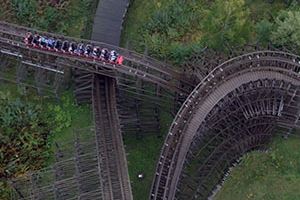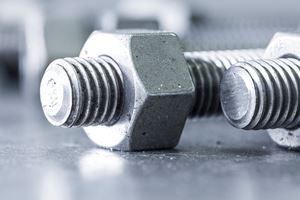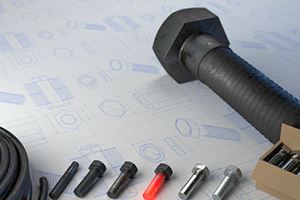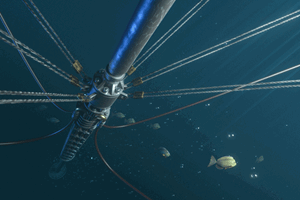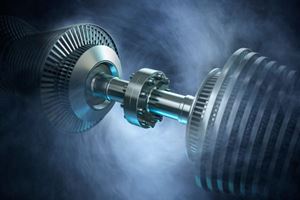Why do bolts loosen?
Bolts are the fastener of choice in multiple industries and applications for the simple reason that they are easy to dismantle. However, this also makes them vulnerable to self-loosening and loss of preload.
Depending on the application, bolt loosening can have profound consequences. One loose bolt can bring a whole production plant to a standstill and cost a company thousands, while in other applications loose bolts can pose a significant safety hazard. So, what are the bolt loosening reasons? Broadly speaking, there are two main causes: spontaneous loosening and slackening.
“The main causes and the consequences of failure depend on the purpose of the bolted joints, on the environment and usually on the industry,” says Georg Dinger, Siegenia-Aubi KG, who has studied the causes and effects of self-loosening of bolts extensively.
“For example, the petrochemical industry is primarily concerned with corrosion problems, while fatigue and vibration loosening are usually of minor concern. On the other hand, the automotive industry would probably name self-loosening and corrosion as the two main problems. The primary concerns for the structural steel industry are joint slip and corrosion, but self-loosening and leakage are less common. The aerospace industry would probably list fatigue first.”
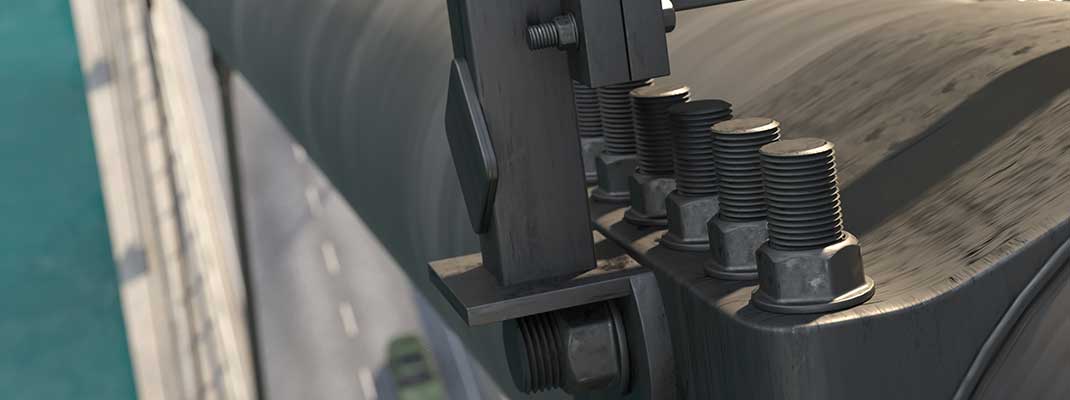
“Repeated relative displacements between the contact surfaces, under the influence of the shank torque, resulting from the thread pitch torque, can lead to a gradual rotation of the bolt or the nut,” continues Dinger. “This causes a bolt preload loss and consequently a loss of function in the bolt connection. The effect is well known, but prevention is usually performed experimentally only after the occurrence of self-loosening events.”
The main bolt loosening reasons:
- Spontaneous bolt loosening - shock, vibration, dynamic load
- Slackening - settlement, creep, relaxation
To prevent spontaneous bolt loosening, the slip between the joined parts needs to be eliminated or at least reduced to below critical levels. This can be achieved by either increasing the axial tension, increasing the friction between the clamped parts, or decreasing the cyclic loading – for example, shock, vibration or cyclic thermal loading.
Another common method is to increase the friction between the bolt threads. There are a number of solutions for doing this, and while some of them are effective, they also have their disadvantages. Glue or adhesives can be an effective friction-based method, but dried glue can be problematic when it comes to dissembling and removing the bolt. Furthermore, increasing the friction between threads would decrease the achievable preload at a specific torque level. Locking wire is a common method in the aviation industry.
Fatigue is permanent damage or deformation in the bolt and clamped parts. It is caused by loss of preload resulting in an opening in the joint. There are two basic mechanisms for loss of preload – spontaneous loosening and slackening.
Spontaneous loosening, or rotational self-loosening, is essentially when a bolt rotates loose due to shock, vibration or dynamic loads. Even a slight rotation can be enough for a bolted joint to lose all its preload. This is the most common cause of bolt loosening.
Slackening is caused by three mechanisms: settlement, creep and relaxation. "Settlement is critical when it happens due to dynamic loads. It is the permanent deformation of the clamped material when the joint is subjected to the increase of stress from dynamic working loads," explains Harlen Seow, Technical Manager with the Nord-Lock Group. "Most parts of a bolted joint will revert to shape after being released if the stress in the parts has not gone beyond their yield strengths. Some materials in the contact surface, such as paint, will most likely deform permanently," he says.
If the material settles, even just a few micrometres, the stretching of the bolt will decrease and will lead to a loss of preload.
Creep is a permanent deformation that occurs due to long term exposure to high levels of stress below the yield strength of the materials in the joint. It is more severe in high-temperature applications.
Relaxation is when the microstructure in the materials of a joint restructure, converting existing elastic deformation to plastic deformation over a period of time. Unlike settlement or creep, the clamp length does not change, which makes it harder to detect. “One way to measure preload loss is to measure bolt length after a period in operation and compare to the bolt length immediately after tightening,” adds Seow. “However, this will not detect relaxation, which makes it more problematic.”
The key to avoiding fatigue is good design, which has grown in importance in recent years due to the increased demands on many bolted joints and increased use of lightweight materials. It is important to not only focus on the tensile capacity of bolts, thus overlooking other parameters such as elasticity and stiffness that can also be important.
“Correct joint design is the key to achieving a high strength friction grip connection with a high preload level, and thus a high slip resistance over the entire lifetime,” says Dinger. “Up until now the focus for design engineers has been on the failure with bolts breaking. Other failure mechanisms have become more and more important as performance is increased and the weight of joints is decreased. The mechanisms of preload relaxation and self-loosening are more and more common in lightweight designs.”
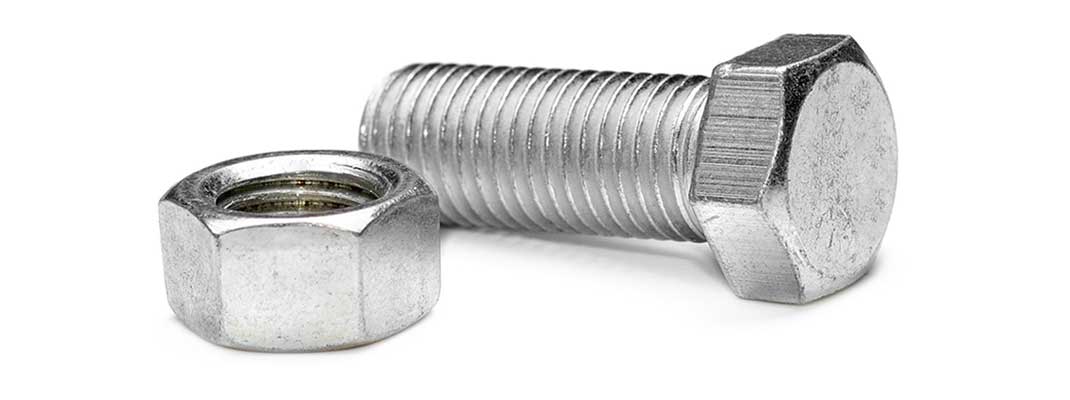
Depending on the bolt and the application, and the cause of preload lose, there are generally multiple options for designing more optimal bolted joints.
“In cases where there is thermal loading, the joint can be optimized by choosing materials with equal thermal expansion coefficient for the clamped parts,” says Dinger. “To help minimize settlement and maintain a high preload during operation, you can reduce the roughness between contact surfaces. Measures such as fine hole diameters or toothed surfaces can help minimize relative displacement.”
“In general, a good bolted joint is made up of very elastic bolts and very stiff clamp parts, and there are different ways of achieving this. One way of improving bolt elastically is to have long clamp length. But if you have a flange, where the clamp length can’t be too long, you can change the design by using more but smaller bolts. So instead of using five bolts, you can use ten smaller bolts, which will create a more elastic joint,” says Seow.
Overall, achieving the optimal bolted joint involves factoring in multiple variables and design options.
What Is Preload?
A term with many meanings in engineering. One is the tension (load) that is created in a fastener when it is initially tightened. As the bolt stretches, the components between the bolt and the nut compress, thus increasing the so-called clamp load until the end of the tightening process. Watch the explainer video about preload below.
The Junker Test
Research into the causes of bolt self-loosening has been ongoing for nearly 60 years, however, it is still the pioneering work of German engineer Gerhard Junker in the 1960s that forms the basis of modern methods and theories behind self-loosening prevention. His testing methodology, to determine at which point a fastener starts rotating loose when subjected to vibration, is now universally known as the Junker Test and has been adopted as the international standard, such as the DIN 65151 and ISO 16130.
The Junker test is considered the most severe vibration test for bolted connections. Watch the video below on how it has been used to compare the performance of different bolt locking methods.
